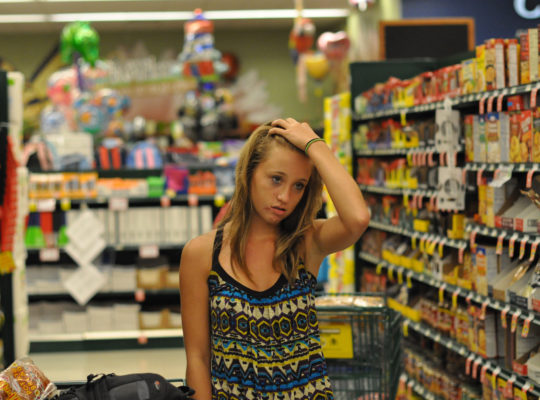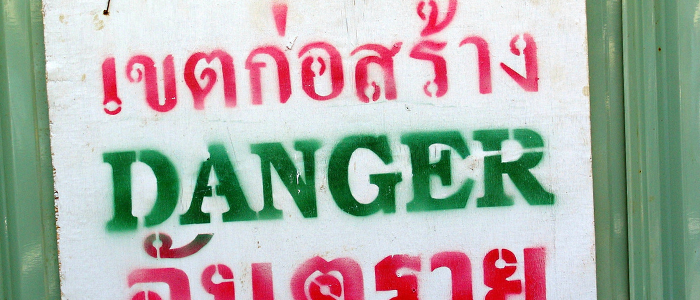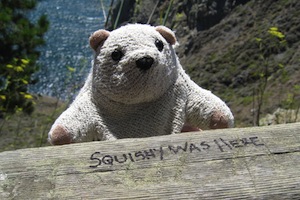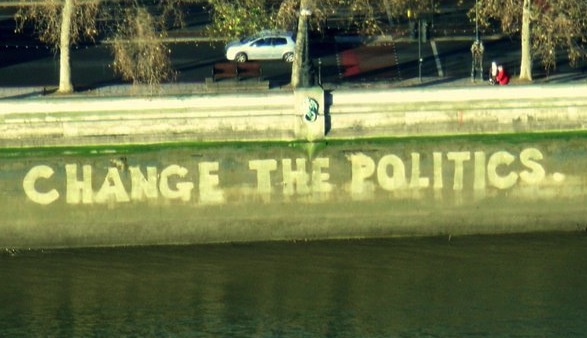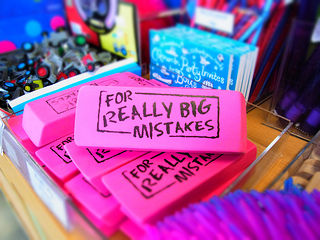 At engage, we get to see a lot of shopper research. We commission research on behalf of our clients regularly, but often we are handed over research reports soon after the work has been commissioned, and we help our clients derive insight and strategy from the work. Often the studies involve in-store research: observations, exit interviews, or intercepts: and in this work there is one simple mistake which, I would guess, is made in at least 90% of the projects I see. Nobody records, in detail, what was in the store. This is I believe not only the most common mistake in shopper research, but also the most costly.
At engage, we get to see a lot of shopper research. We commission research on behalf of our clients regularly, but often we are handed over research reports soon after the work has been commissioned, and we help our clients derive insight and strategy from the work. Often the studies involve in-store research: observations, exit interviews, or intercepts: and in this work there is one simple mistake which, I would guess, is made in at least 90% of the projects I see. Nobody records, in detail, what was in the store. This is I believe not only the most common mistake in shopper research, but also the most costly.
Apologies to those out there in the research community who wouldn’t dream of NOT recording every detail of the in-store environment during fieldwork, but the work we see is often conducted by big name research houses, for big name brands; and when we politely ask for the photos and schematics of the store – we get the email equivalent of a blank stare. So why is this important? Well – let’s just think about a couple of (sadly real) outtakes from research reports which are rendered completely useless without understanding the in-store stimulus provided to shoppers.
The cost of not recording the store environment during shopper research
In a recent project we worked on, the research report stated that “4% of shoppers switched brands because they noticed a promotional sign.” Well – at first blush that looks pretty poor – until we consider how many shoppers actually had a chance to see the sign. If the research was conducted across a number of stores (which hopefully it was), what if the sign was only in 10% of the stores? Then potentially the research sound bite becomes “40% of shoppers who had the opportunity to see a sign, switched brands as a result of seeing it”. Quite a different scenario, I’m sure you’d agree!
Let’s try another real example from a research presentation: “Shoppers in Tesco were three times more likely to buy from the off-shelf display than those in Carrefour.” Whilst this may be true, there are a number of factors which might have affected this. How many of the tested stores had displays? Were they in different locations in the store? Were they fully stocked? Were there any competitive displays? The conclusion that “Tesco attracts different shoppers to Carrefour” is tempting, but potentially all we’re actually saying is that the layout of these particular stores induced a different behavior to that layout”.
Shopper research tells us how shoppers respond to what they see in store
The results we see in research are a result of the interaction of two broad variables: different types of shoppers, and different stimulus – different in-store environments. Understanding what shoppers did without knowing what it was that they were presented with is pretty meaningless, and can be incredibly misleading.
So what should shopper researchers and shopper insight managers do? Here is a simple list to make sure that you’ve covered as many bases as possible in recording what it was that was in-store whilst the research was underway. It doesn’t matter whether you do this, or the agency does – just make sure it gets done!
Seven steps to better shopper research conclusions
Get a map of the store
A simple block diagram which maps out which categories are where, where displays, checkouts, media, elevators – well – pretty much everything (including the washroom!) is located. This macro map can be used to highlight the location of all of the ‘points of interest’ (the category, displays for your brand and competitors, or competing categories.)
Get photos of the fixture
A picture speaks a thousand words may be a cliché, but ‘a thousand words mean little without a picture’ is closer to my point here. The photos (and modern photo-stitching software is brilliant here) show what the shopper sees. A video can be a useful addition.
Record prices, promotions, stock levels and out of stocks
Within the category, everything which might possibly impact the shoppers’ behavior needs to be recorded. Every sign, wobbler, sticker, price, discount, flag. Inventory levels, and in particular, out-of-stocks, are critical.
Go to the stores yourself
I recognize that this isn’t always practical, but perhaps at least go to one or two, perhaps? Photos are great (and this doesn’t replace the need for images, by the way) but I often find that it is only by going to the store that the pictures really mean something. I was working on a project in Korea once, and for some reason the signage the client was using was having no impact whatsoever. The message was great, and the photos showed the signage was in place in every store. It was only upon visiting the stores themselves that it became clear what the problem was. The signage was simply too high and was out of the line of sight for everybody. The photos didn’t pick this up, but a quick trip to the store certainly did.
A snapshot is just that.
Fieldwork often runs for several days, across several stores, and things change. Images should be recorded every day of the activity. In very fast moving categories stock levels and out of stocks should be recorded more frequently, potentially hourly. Just because your brand was in-stock on Saturday morning when the fieldwork commenced, doesn’t mean that it was still in-stock on Sunday afternoon when sixty percent of the sample visited!
Look at the data store by store
As a quick check-step, look at the data, store by store, and check for any glaring anomalies (we once found one store in a sample of twenty which was responsible for virtually all of brand switching – guess what? the brand was out of stock in that store!).
Print it all off for the research presentation
One last tip: make sure all of this is ready and easy to access for the research presentation. Enlarge the store maps and photos and pin them to the wall if you can, so that it’s easy for them to be referenced during the presentation.
Doing all of these steps is a bit time consuming, and is easily forgotten, but it is so critical. Without it much of the research data is meaningless – or worse, could be easily misread. If you’d like to know more about how to get the best out of shopper research, download this free e-book on conducting great shopper research.
Image courtesy Flickr user nickwallen
